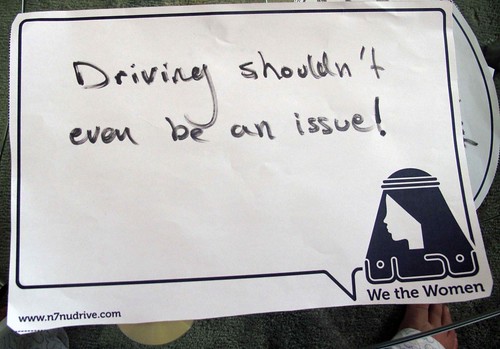This is why you should not let your Driving License Expire
Grrrrr.. Anything to deal with MVA/DMV drives me crazy.. I get so annoyed for all that wait and delay associated with even a simple process.
ONLY three times in my life have I been so scared that I trembled — legs quivering, hands jittering, heart out of control. The first was at 12, when I watched “The Exorcist” before I should have. The second was at 41, when, on the kind of dare to which middle-aged men seem peculiarly vulnerable, I got into a canvas harness and prepared to jump some 250 feet into a gorge in Zambia.
The third was a few months ago, on Staten Island, when I was asked by an examiner for the New York State Department of Motor Vehicles to pull out of a parking spot and drive toward a nearby stoplight.
A humdrum task, you say? Undeserving of horror? You’ve never met the examiner. And you don’t yet understand what a crazy-making path I’d traveled to that fraught and climactic point — to the possibility that, at 45, I just might be able to drive legally again.
This is a cautionary tale. Like too many harried New Yorkers without cars or much cause to use them, I let my driver’s license expire — in October 2006. Then, in an unlucky development the next May, I was pick-pocketed. The double whammy of an expired license that I could not physically produce meant I could no longer right the situation with a written exam and a vision check. I was effectively 16 again, on the hook for a five-hour class and the dreaded road test, which I came to fear I’d never reach, given the labyrinth of civil-service incompetence, bureaucratic nonsense and simple misfortune I had tumbled into. Kafka could have had a field day with me.




